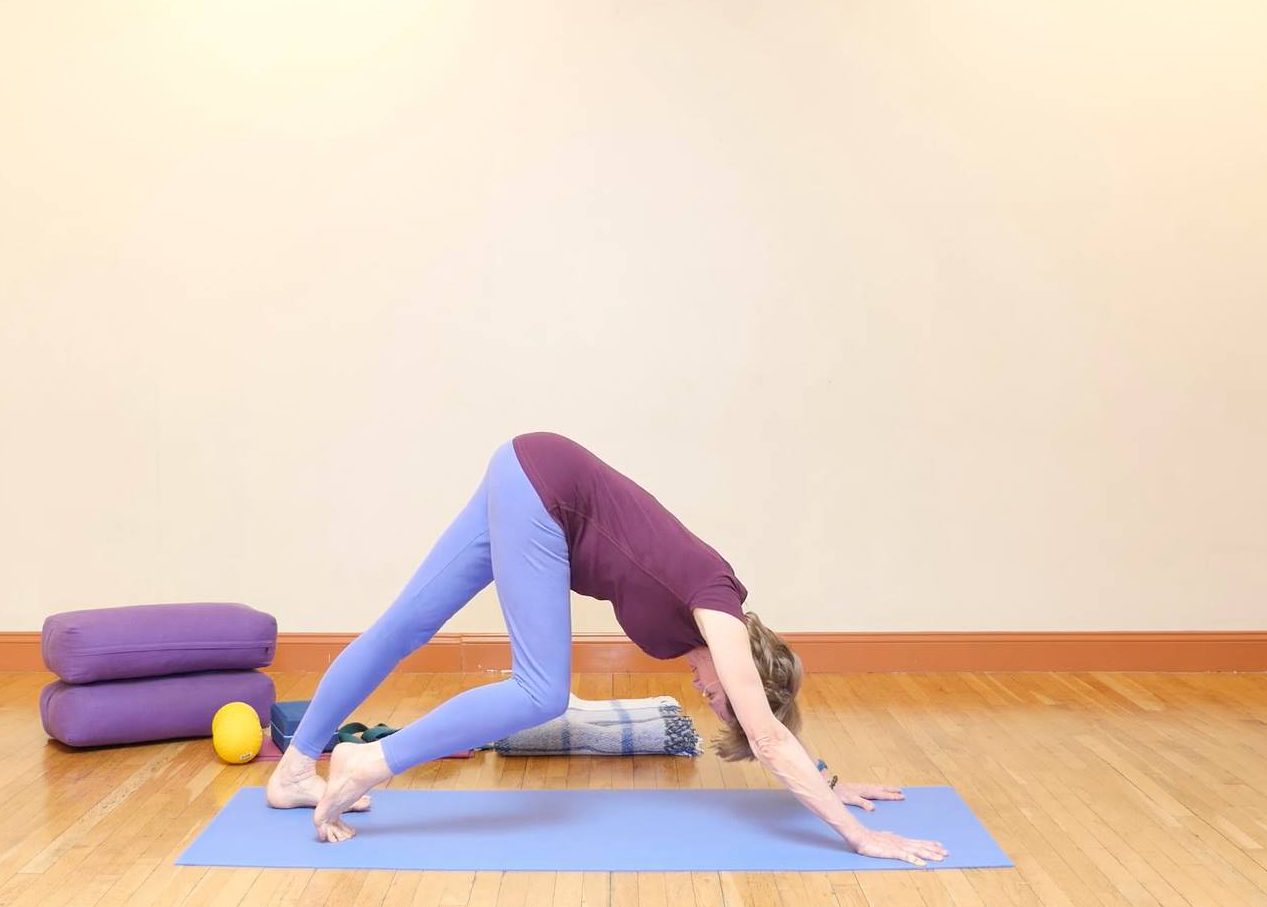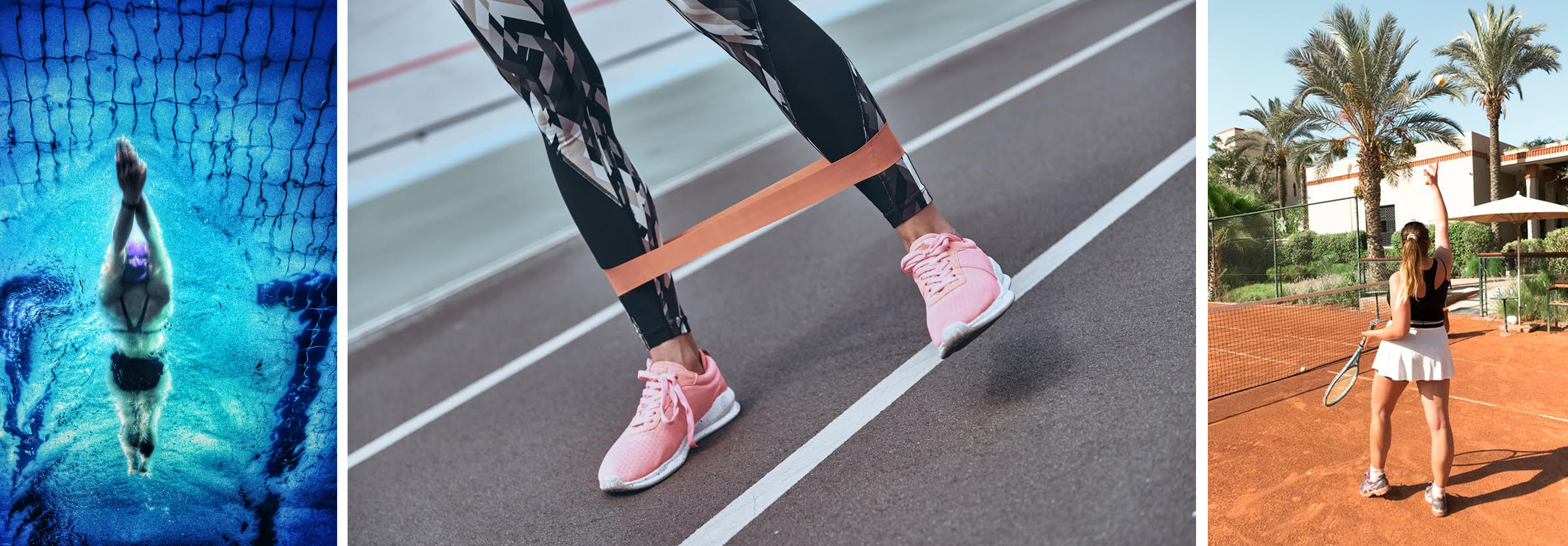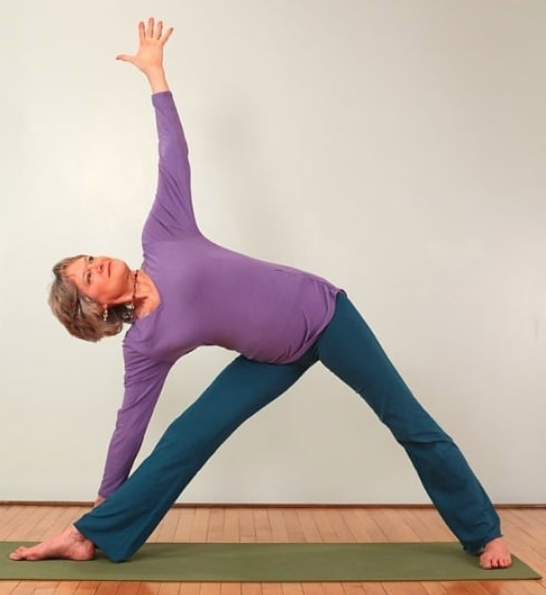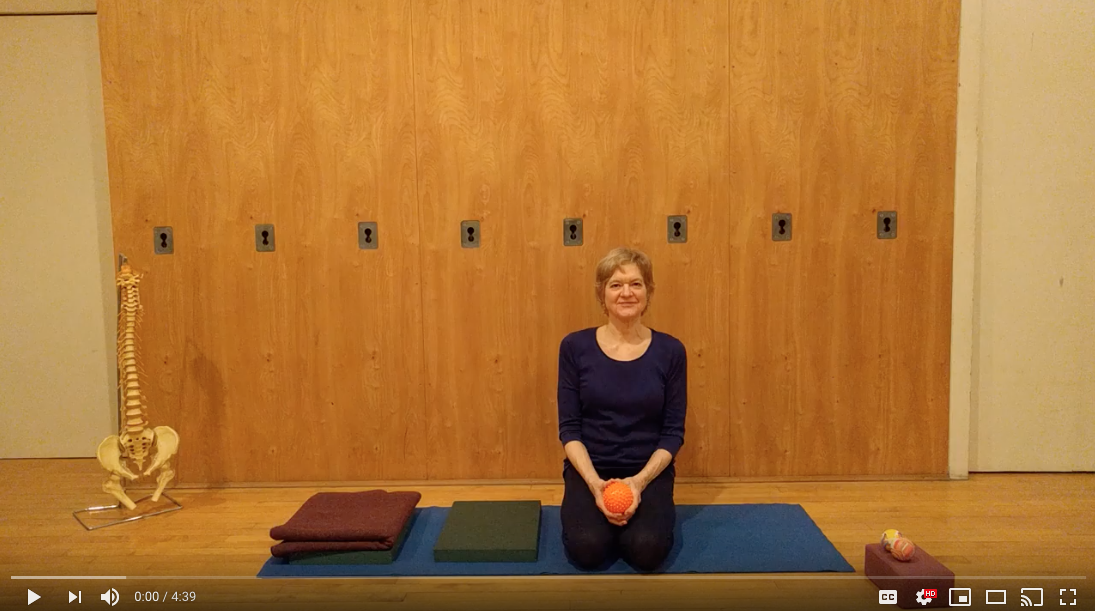Design Your Practice To Give You What You Need
 In a recent blog post I talked about interoception, the ability to keep track of inner sensations in an ongoing way. The next step is to use what you feel through interoception to help guide you in designing your own practice for your particular body and mind.
In a recent blog post I talked about interoception, the ability to keep track of inner sensations in an ongoing way. The next step is to use what you feel through interoception to help guide you in designing your own practice for your particular body and mind.
What is your body type? Are you more fluid, and attracted to a nice stretchy practice? Or do you have a more solid musculature, pulling you toward weight lifting or gym workouts emphasizing strength? It’s not about which is better, it’s more about observing the body type you were born with, and using your choice of exercise to fill in the gaps.
Recent research tells us that the best way to have a resilient, strong body is to do a variety of movements – not just the same yoga series every day, or the same game of tennis, or the same gym workout with machines. Give your body a variety of challenges – balance, coordination, strength, flexibility – and you will lessen your chances of injury from underdoing or overdoing.
True confessions: My preference for years has been the Iyengar/Anusara yoga menu of poses, figuring that there is enough variety inherent in the poses to adequately build my strength, flexibility, balance and coordination. But aging shows us the weak points! With recent hip and knee issues, I’m appreciating the benefits of physical therapy to target the weaker areas, and then I integrate those skills into my yoga practice with more fine-tuned awareness of the parts within the whole.

I invite you to read my blog “The ABC’s of Yoga” in which I discuss the foundations of any good yoga practice: Awareness, Balance of opposites, and Creativity.
The take-aways:
Know and honor your own body type, its strengths and weaknesses.
Find ways to refine and vary your exercise routine to bring you into balance as much as possible.


